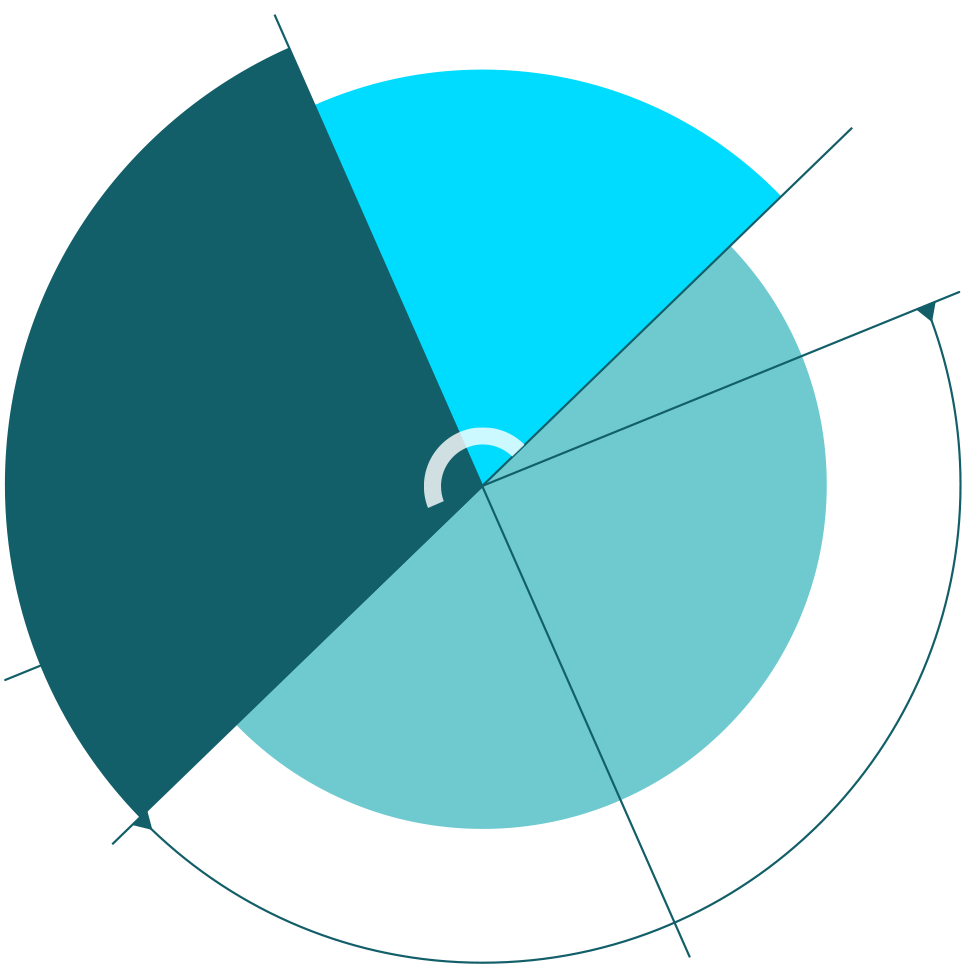Tackling Australia’s third biggest health concern.
Almost every Australian will experience some form of musculoskeletal pain at some point in their lives. But for some, it is a chronic debilitating illness that is a daily reality for months and years affecting their ability to live a normal life and impacting on mental and emotional health and wellbeing.
What many people probably don’t know is that as well as running a business I am also studying health and rehabilitation at uni. Mostly it’s very interesting specifically one of my most recent subjects: Health. This was an introductory topic with an overview of Australia’s health and health care system including some sobering statistics about the state of millions of Australians. After coronary heart disease and diabetes, chronic pain and musculoskeletal conditions are the third biggest areas of concern. Arthritis, back pain and osteoporosis affects around 6.9 million people or 1 in 3 (Australian Institute of Health and Welfare 2018, Australia’s health 2018, 3.0 Overview).
Chronic pain can affect every aspect of a persons life including career, social and mental health and wellbeing. With limited movement, the capacity to work can diminish, socialising becomes difficult as a result of reduced income and movement and mental health suffers because of a combination of all of these factors. The circle goes round and round with less movement leading to more pain and so on.
Working with people every day I can say that the majority have arthritis (rheumatoid and osteo), osteoporosis and neck and shoulder pain. These conditions do not discriminate between gender and age. The good news is that I also get to see the benefits of movement and how much it helps.
Take a client I had a few years back. When she came into the studio for the first time I could barely get her to complete one half hour session. A full hour was unthinkable. She was in so much pain from rheumatoid arthritis, with monthly blood transfusions and a cocktail of medications, movement was extremely limited and frightening. Fast forward two years and she is off the medications (but still receiving the blood transfusions) and attending two sessions a week of advanced Pilates. The change in her outlook and attitude as she became stronger and more confident was incredible to witness. As she realised her health was her first priority she made sure on the two pilates days she didn’t work over-time and the need to take days off work due to pain were less frequent. This is a more extreme example but every day I see people with general back, shoulder, hip and knee pain and the benefits of moving has been immeasurable.


